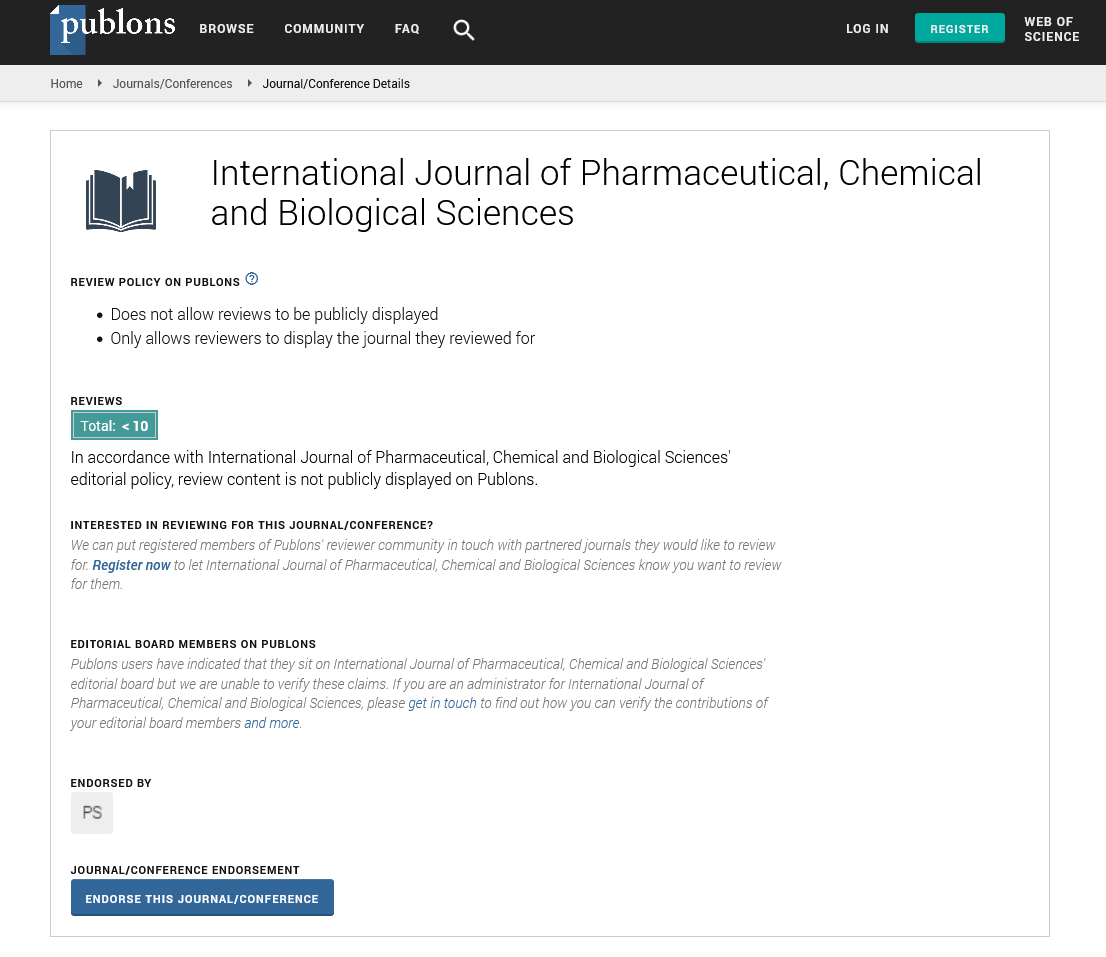Abstract
Author(s): KB. Jnaneshwara, R. Eshwar Singh, R. Lava, BV. Murlimanju
Aim: Postoperative wound infection is a severe problem in the surgical specialties, which can
cause mortality, morbidity and economic burden. Objectives of the present study were to study
the frequency of various types of bacteria and their antibiotic susceptibility in the postoperative
infected wounds at a South Indian hospital. Methods: The present study included one hundred
cases of samples of infected postoperative wounds which were subjected to the culture and
sensitivity. The bacteria were diagnosed by the standard microbiological methods. Results: The
present study observed that there were about 111 bacteria which were isolated from the
postoperative wound samples. Among them, 32.4% were gram positive cocci and the remaining
67.6% were gram negative bacilli. The most common bacteria isolated was E. coli (24.3%)
followed by the S. aureus (21.6%) and Pseudomonas spp (20.6%). All among the gram positive
cocci showed uniform susceptibility to the vancomycin. The E. coli showed maximum
susceptibility to amikacin and chloramphenicol. Ampicillin was the most ineffective drug against
the gram negative bacilli. Klebsiellaspp displayed maximum resistance to the antibiotics
including aminoglycosides, fluoroquinolones and third generation cephalosporins. Pseudomonas
spp exhibited maximum susceptibility to polymyxin B. Conclusion: We suggest that it is
advisable to scrutinize the postoperative wound infection in each and every hospital to evolve
the control strategies. Using the suitable antibiotics, taking aseptic precautions and keeping
good hygiene have to be strictly applied to all the surgical cases to reduce the postoperative
wound infections.

